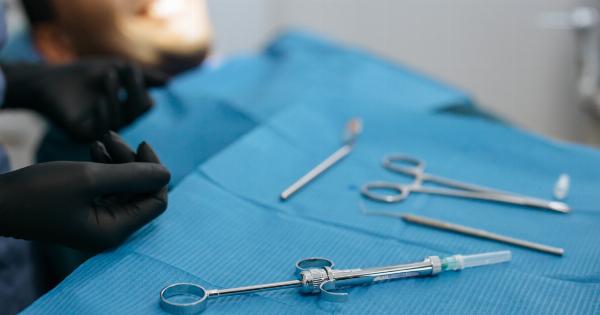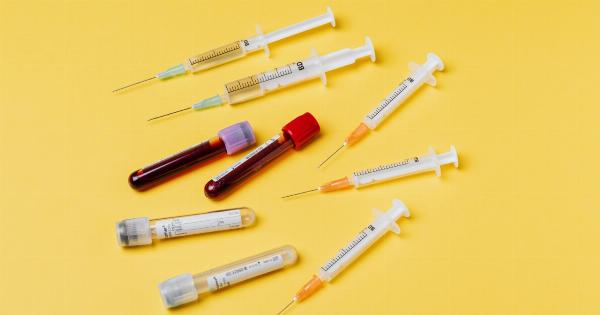General anesthesia is a medical state in which a patient is rendered unconscious before certain medical procedures. It is intended to keep the patient unaware of the procedure and alleviate any pain that might be associated with it.
However, recent research suggests that as many as one in ten patients may still be conscious during the procedure, despite being given general anesthesia. This article will examine the causes of this phenomenon, which is known as anesthesia awareness, and the potential consequences for patients.
What is Anesthesia Awareness?
Anesthesia awareness is a medical condition in which a patient under general anesthesia is still conscious and able to perceive sensations during a medical procedure.
This is despite the administering of anesthesia, which is intended to render the patient unconscious. The exact causes of anesthesia awareness are not clear, but it is thought to be due to a combination of factors, including the patient’s individual physiology, the type of anesthesia used, and the skill of the anesthesiologist.
How Common is Anesthesia Awareness?
Estimates vary, but research suggests that anesthesia awareness may affect as many as one in ten patients.
However, this is a difficult phenomenon to measure, as patients who experience anesthesia awareness often do not report it until after the procedure, or may not be able to recall the experience at all due to the effects of the anesthesia.
Symptoms and Complications of Anesthesia Awareness
Patients who experience anesthesia awareness may report feeling pain, pressure, or other sensations during the procedure, but are unable to move or communicate. They may also recall sounds or conversations that occurred during the procedure.
In some cases, patients may experience psychological trauma as a result of their experience, including post-traumatic stress disorder (PTSD).
Causes of Anesthesia Awareness
The causes of anesthesia awareness are not well understood, but may be due to a number of factors, including individual patient physiology, the type and amount of anesthesia used, and the skill of the anesthesiologist.
Patients who are more likely to experience anesthesia awareness include those who have a history of difficult intubations or airway problems, those who are obese or have sleep apnea, and those who have taken certain medications before the procedure.
Preventing Anesthesia Awareness
Anesthesiologists can take certain steps to reduce the risk of anesthesia awareness in their patients.
These may include using EEG monitors to measure brain activity during the procedure, using intravenous anesthetics instead of inhaled anesthetics, and administering medications like ketamine or opioids in combination with general anesthesia.
Treatment for Anesthesia Awareness
If a patient experiences anesthesia awareness during a medical procedure, they may require psychological counseling or therapy to cope with the trauma of the experience.
In some cases, patients may also require additional medical treatment, such as pain management or sedation.
Conclusion
Anesthesia awareness is a complex and poorly understood phenomenon that can have serious consequences for patients.
While it is not always possible to prevent anesthesia awareness entirely, anesthesiologists can take steps to reduce the risk of this occurring, including using EEG monitoring and alternative anesthetic agents. Patients who experience anesthesia awareness should receive appropriate psychological support and counseling to ensure that they are able to cope with the trauma of the experience.































